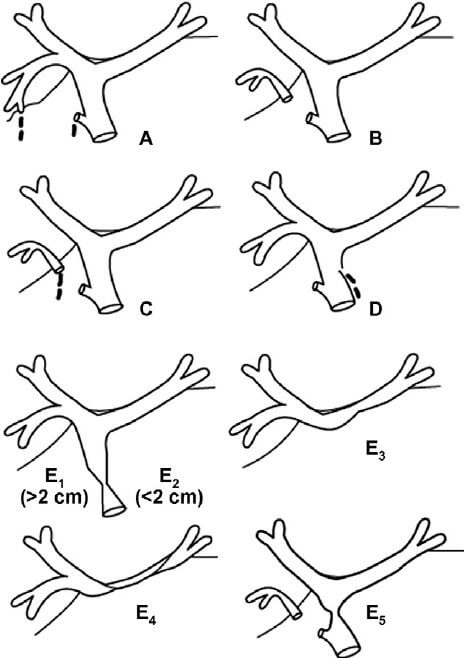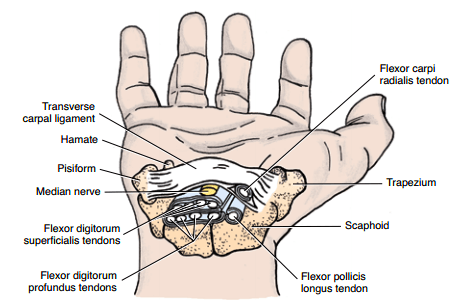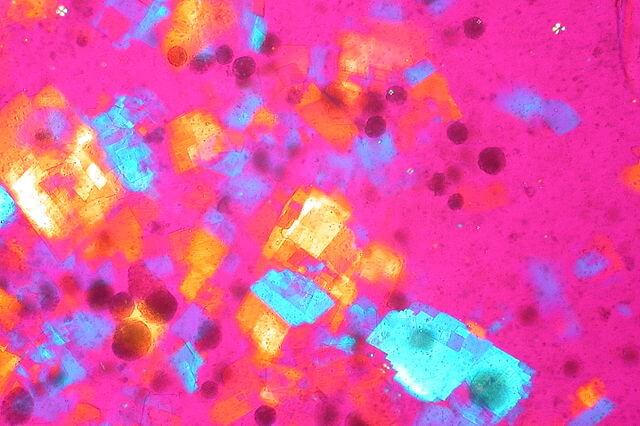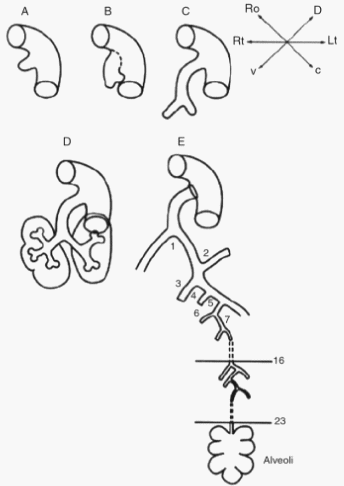Strasberg and Bismuth classification
A – bile leak from part ATTACHED to biliary tree (cystic duct or duct of Luschka)
B – BLOCK in part of biliary tree
C – bile leak from CUT-OFF duct (not in communication) with the biliary tree
D – DEFECT (<50%) in common hepatic duct
E – ENTIRE circumference (100%) injury to common hepatic duct (sub-classified using Bismuth classification from E1 to E4 with strictures moving proximally towards confluence; E5 is a separate entity)
- E1 – >2 cm distal to hepatic duct confluence
- E2 – <2 cm distal to hepatic duct confluence
- E3 – hilar stricture with intact confluence
- E4 – hilar stricture with involvement of confluence
- E5 – strictures involving right aberrant sectoral duct and common hepatic duct

Management
| Strasberg type | Management |
|---|---|
| A | |
| – Without retained stone | ERCP + Sphincterotomy + Stent |
| – With retained stone | ERCP + Sphincterotomy + Removal of stone + Stent |
| B and C | Hepatico-jejunostomy |
| D | |
| – Small injury | Primary repair around stent |
| – Extensive injury | Hepatico-jejunostomy |
| E | Hepatico-jejunostomy |



Awesome
Thank you!